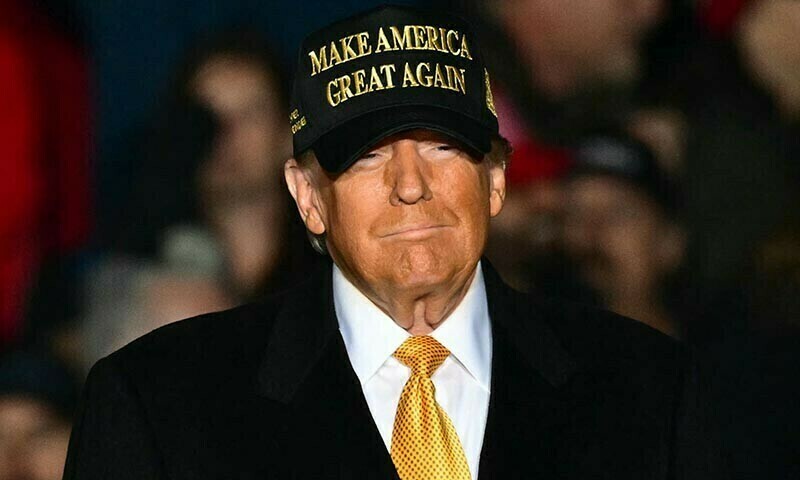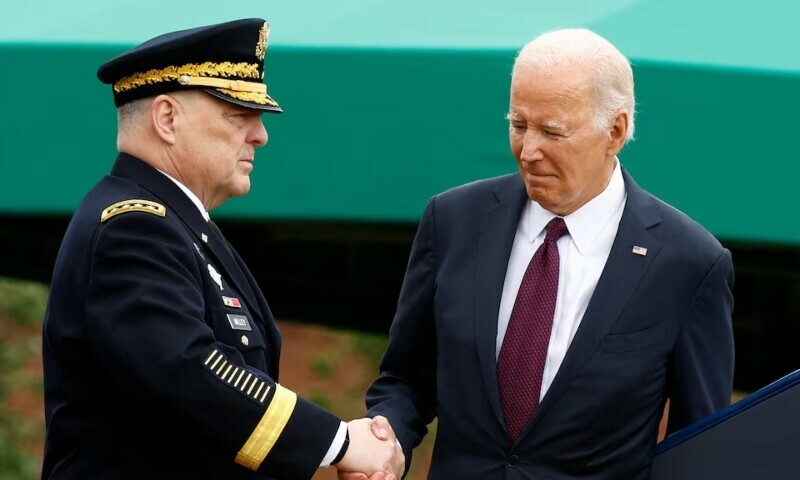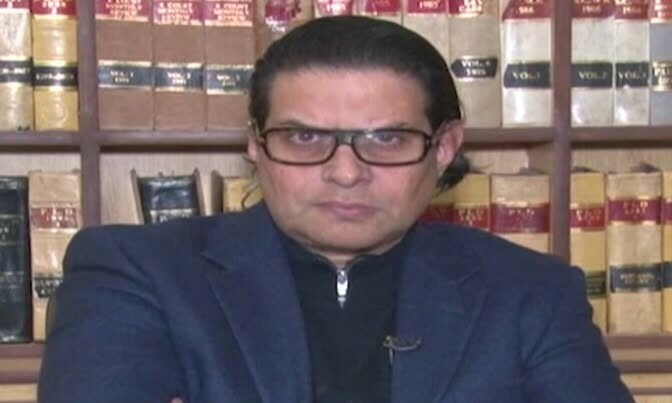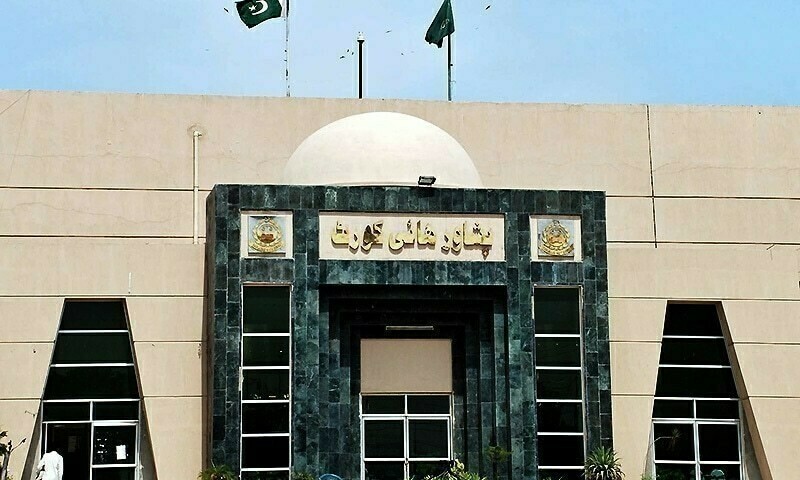Sources say more than 100 such orders and directives could be released starting on Day One in what is known internally as a “shock and awe” effort.
Donald Trump plans to issue a flurry of executive orders and directives after he is sworn in as US president on Monday to put his stamp on his new administration on matters ranging from energy to immigration.
Two sources familiar with the planning said more than 100 such orders and directives could be released starting on Day One in what is known internally as a “shock and awe” effort.
Transition advisers have been preparing drafts for Trump to choose from. Decisions have yet to be made on which will be released on Monday and which in the days that follow.
Here is what we know about the executive orders so far:
Immigration
Many of the actions that Trump plans on his first day as president are aimed at ramping up immigration enforcement and following through on his pledge to deport record numbers of immigrants in the US illegally.
The executive actions would give federal immigration officers more latitude to arrest people with no criminal records, send more troops to the US-Mexico border, and restart construction of the border wall, Reuters reported in November.
Trump is expected to declare illegal immigration a national emergency to unlock military funds for border wall construction. He also signalled in a Truth Social post in November that he would shift military resources to assist with his deportation plans.
“We’re going to make it so if you’re illegal, you’re not coming in through a port of entry or even if you’re trying to come into a port of entry illegally, you’re not going to be allowed in,” Trump adviser Jason Miller told National Public Radio.
Trump also plans to end temporary “parole” programmes, which under President Joe Biden’s outgoing administration have allowed hundreds of thousands of migrants from certain countries to enter legally on humanitarian grounds and access work permits, Reuters reported.
In addition, Trump has vowed to end automatic citizenship for those born in the US to parents in the country illegally, and advisers say his team is working on an executive order to this effect.
The US Constitution’s 14th Amendment, ratified in 1868 in the post-Civil War period, provides for granting citizenship to “all persons born or naturalised in the United States”.
Any move by Trump to end birthright citizenship would face a legal challenge.
“We have to end it. It’s ridiculous,” Trump told NBC’s “Meet the Press” in December.
Energy
Sources familiar with the plans of members of Trump’s transition team have said that Trump is considering a suite of executive orders to roll out within days of taking office targeting everything from electric vehicles to withdrawing again from the Paris climate agreement, an action he took in his first administration.
Members of his transition team are recommending sweeping changes to cut off support for electric vehicles and charging stations and to strengthen measures blocking the import of cars, components and battery materials from China, according to a document seen by Reuters.
The transition team also recommends imposing tariffs on all battery materials globally, a bid to boost US production, and then negotiating individual exemptions with allies, the document shows.
Trump’s executive orders will also likely seek to roll back Biden’s climate regulations on power plants, end his pause on liquefied natural gas exports, and revoke waivers allowing California and other states to have tighter pollution rules.
Tariffs
One move that Trump could take on his first day or early in his new administration is to follow through on his threats to increase tariffs on imported goods from America’s biggest trading partners.
Trump believes tariffs would help boost economic growth in the United States, although opponents warn that the costs would likely be passed along to consumers.
Pardons
Trump has also said he will take action immediately on taking office to issue pardons for some of the hundreds of people convicted or charged in connection with the Jan 6, 2021 assault on the US Capitol by his supporters.
Gender-affirming care
Trump said in a campaign video in 2023 that on his first day in office he would revoke the Biden administration’s policies that provide information and resources to those seeking medical care so they can align their bodies with the gender they identify with.
That care can include hormone therapy and surgery.
“On Day One, I will revoke Joe Biden’s cruel policies on so-called gender-affirming care,” Trump said.
Transgender rights
Trump has vowed to sign an executive order ending transgender rights in the US military and inside US schools.
As for transgender athletes, he told a rally on Sunday that he would act on his first day to stop the participation of trans athletes in women’s sports.
Diversity programmes
During his first term, Trump signed an executive order to curtail efforts to address racial disparities in the workplace, through programs including diversity training inside companies.
Biden reversed that executive order on his first day in office in January 2021, and Trump is likely to reinstate his original order early in his second term, and perhaps on his first day in office.
Trump has also criticised “diversity, equity and inclusion” policies inside universities.
Drug cartels
Trump plans to classify drug cartels as foreign terrorist organisations in an early executive order, Punchbowl News reported on Sunday, fulfilling a promise he made on the campaign trail to crack down on the sources of the lethal opioid fentanyl.
Requiring federal workers to return to the office
Trump has railed against work-from-home arrangements for tens of thousands of federal employees, which were greatly increased during the Covid-19 pandemic, and he has vowed to end them.
In December, Trump said if federal workers refuse to return to the office, “they’re going to be dismissed”.
By forcing government workers back into the office Trump and his allies hope it could trigger large-scale resignations, which would assist in their goal of reducing the size of the federal bureaucracy.
Header image: US President-elect Donald Trump gestures during a rally the day before he is scheduled to be inaugurated for a second term, in Washington, US on January 19. — Reuters/Evelyn Hockstein





Leave a Reply